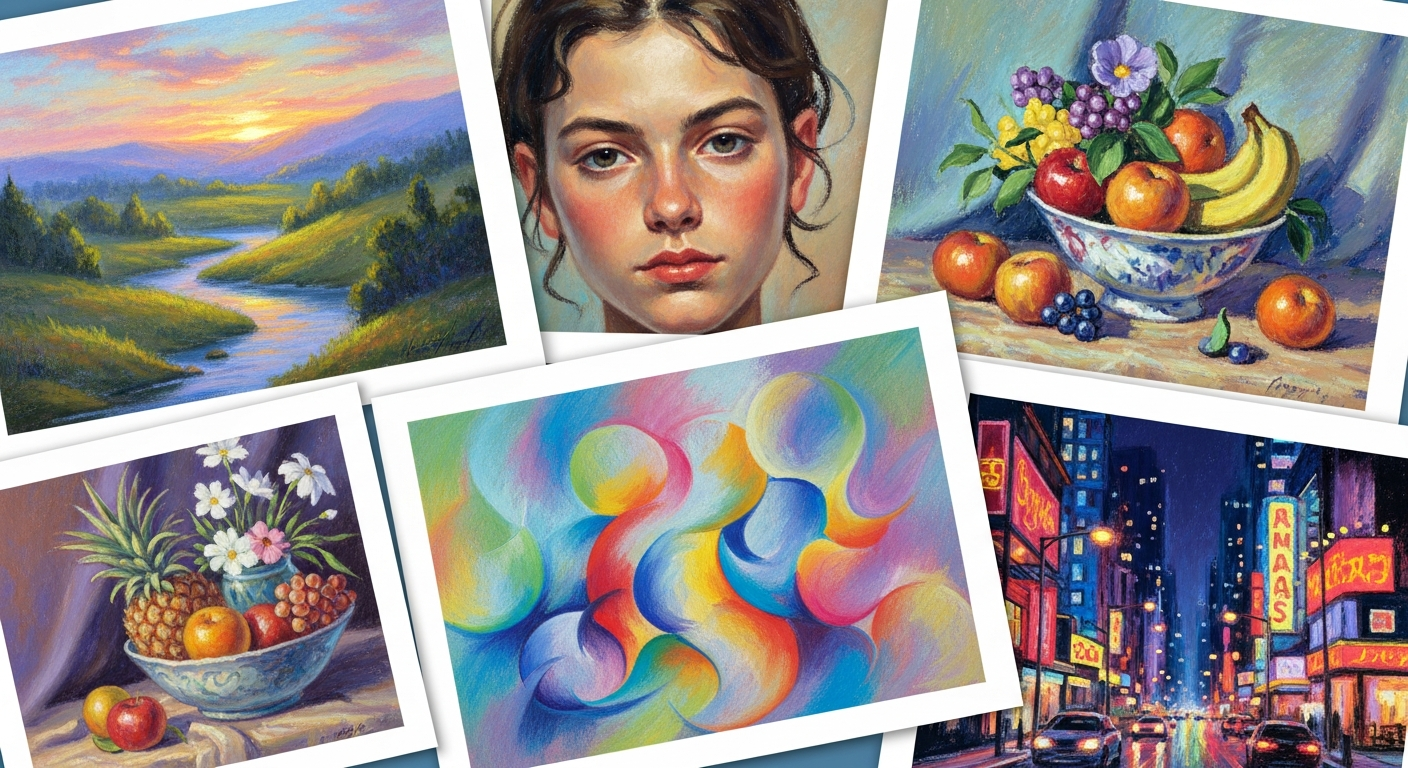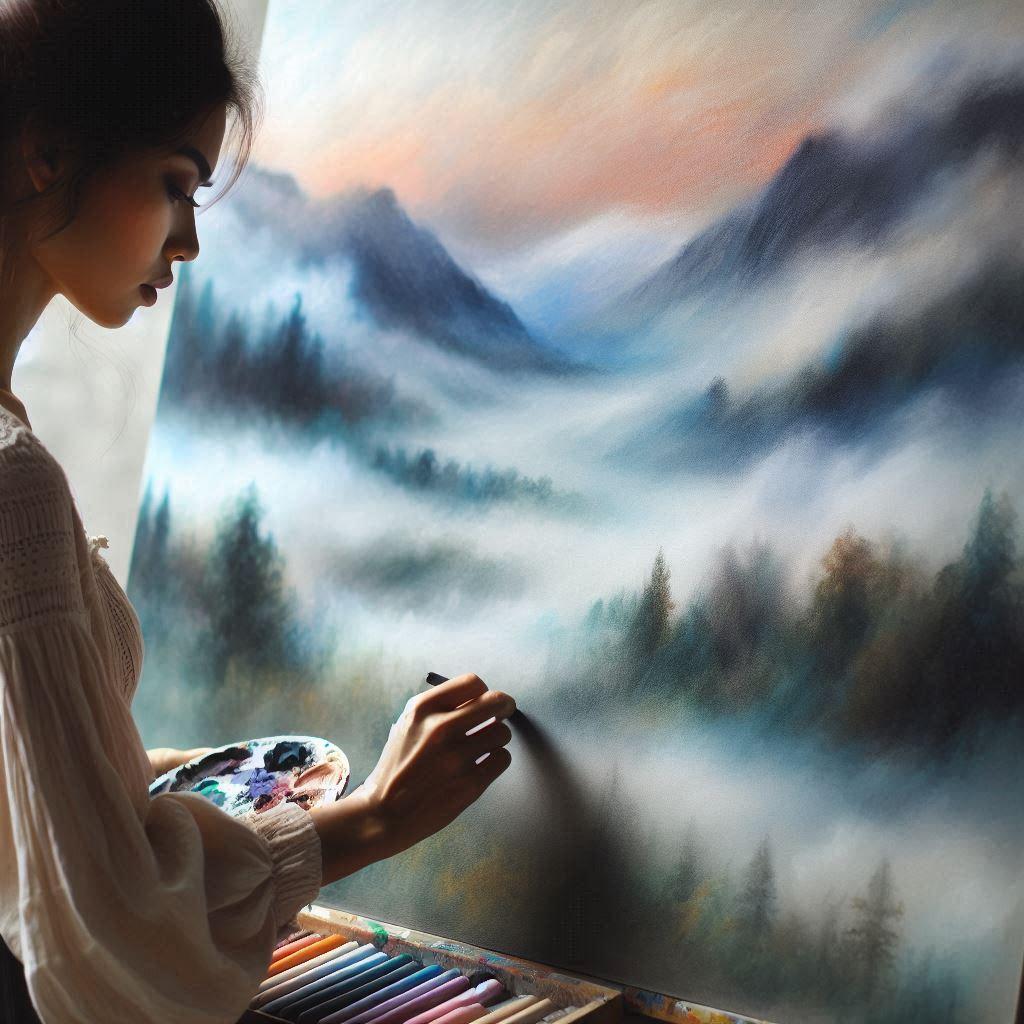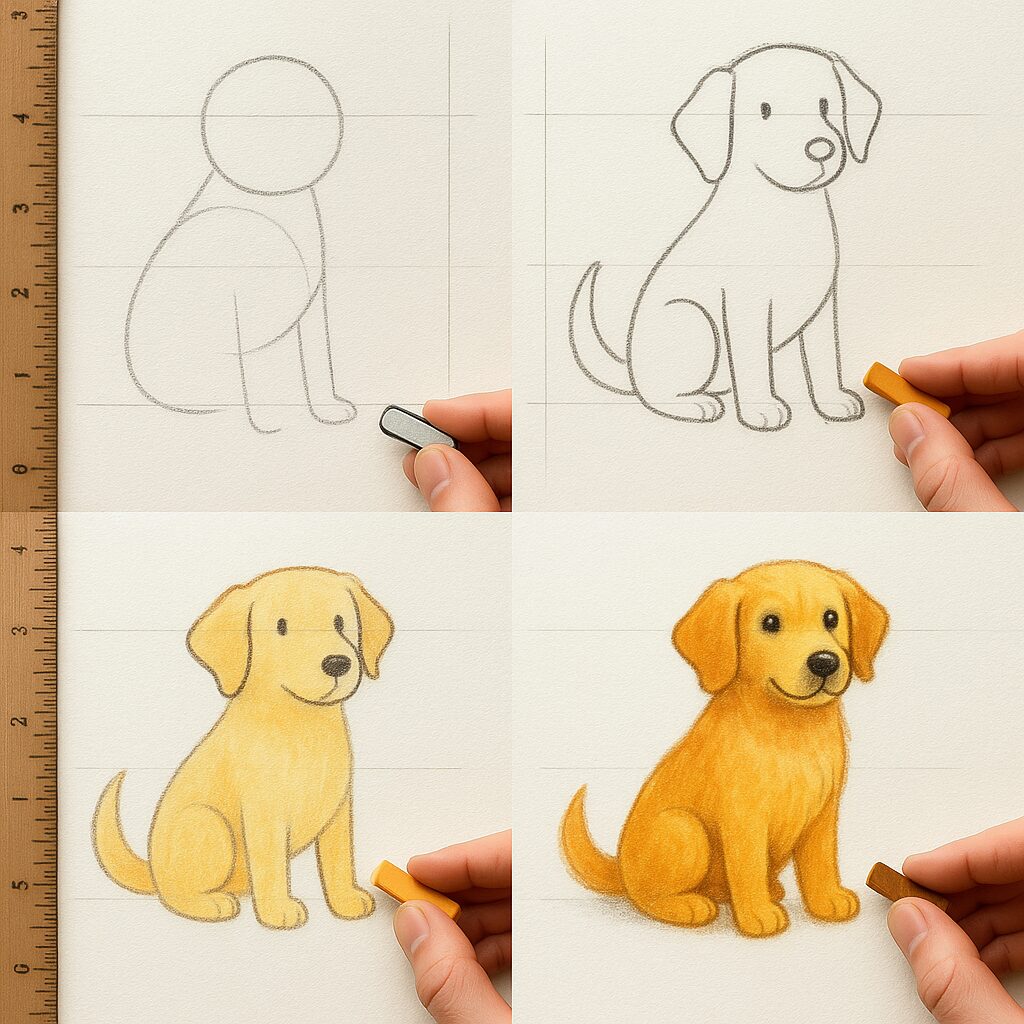For artists exploring the vibrant world of color, two heavyweights often come to mind: soft pastel vs oil pastel. Both are beloved for their rich, pure pigments and their ability to create stunning, expressive artwork that pops off the page. However, despite sharing the “pastel” family name, they are fundamentally different siblings. They differ in what they are made of, how they feel in your hand, and the magical effects they can achieve on paper.
Understanding the battle of soft pastel vs oil pastel is the key to unlocking your creative potential. This comprehensive guide will dive deep into the unique characteristics of each. We will explore their ingredients, how they behave when you blend them, and ultimately help you decide which one is the perfect partner for your next masterpiece. Whether you are a seasoned pro or just starting your artistic journey, get ready to get your hands a little dirty (or colorful)!
Key Point Summary
| FEATURE | SOFT PASTELS | SOFT PASTELS |
| Main Ingredients | Pigment + Gum Binder (Chalky) | Pigment + Non-drying Oil + Wax (Waxy) |
| Texture | Dry, powdery, matte, velvety. | Creamy, buttery, slightly sticky/tacky. |
| Blending | Excellent; blends easily with fingers or stumps. | Good; blends with pressure or solvents (turpentine). |
| Best For | Soft gradients, layering, fine details, portraits. | Bold strokes, impasto effects, mixed media, textured work. |
| Mess Factor | High dust; requires fixative spray. | Low dust; can be messy on hands/clothes but no airborne particles. |
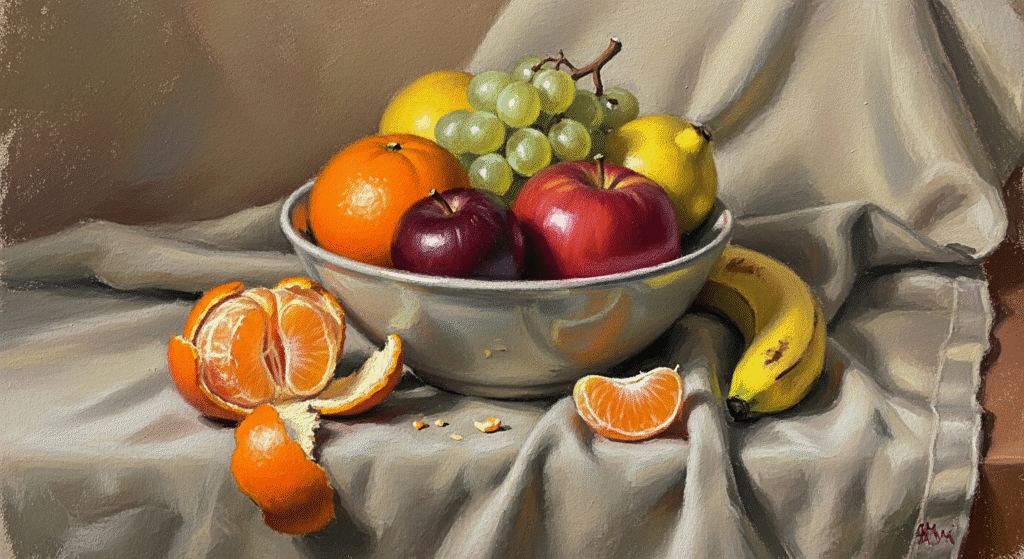
What Are Soft Pastels?
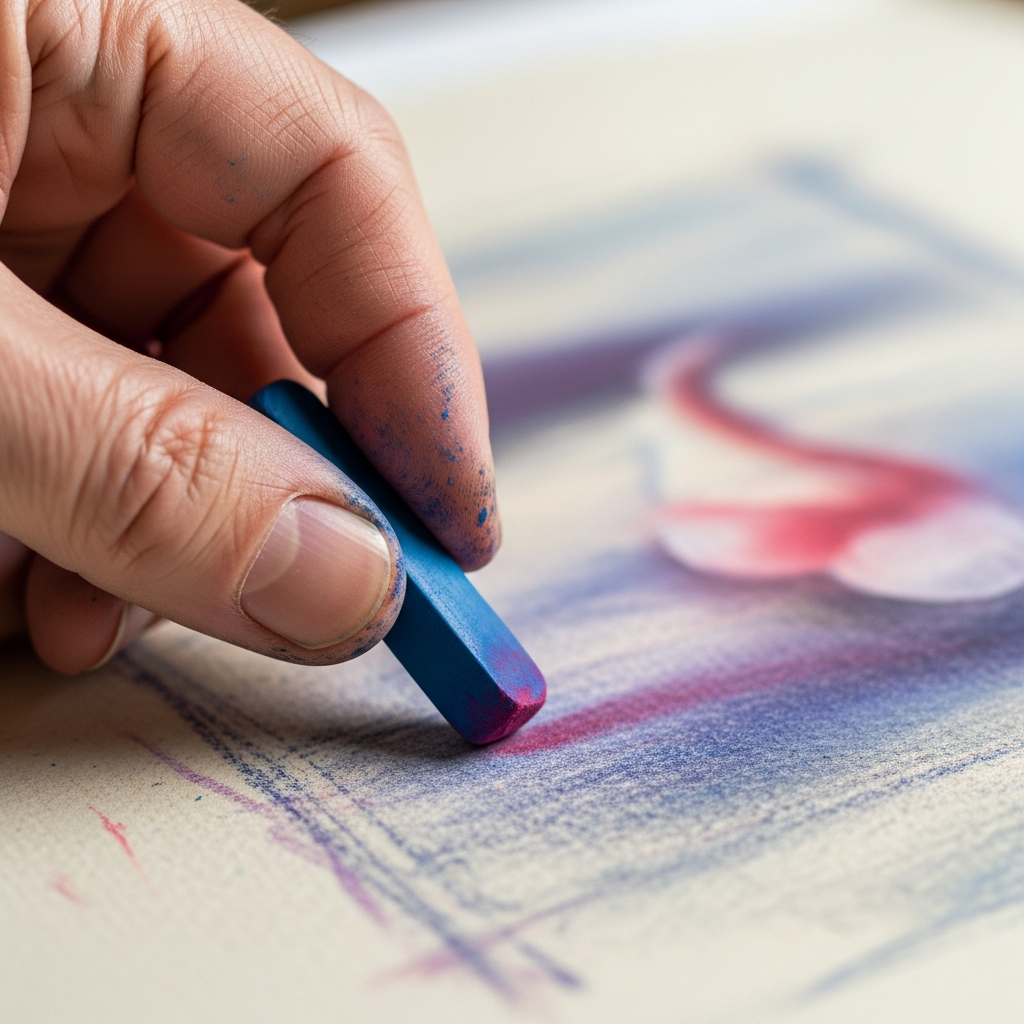
Soft pastels, often simply called “dry pastels,” are the traditional choice for many fine artists. Imagine holding a stick of almost pure color. That is essentially what a soft pastel is—mostly pigment held together by a tiny amount of a non-greasy binder, usually something called gum tragacanth.
Because they have so little binder, they have a wonderful, crumbly texture. They break down easily into a fine powder on the paper, giving you a finish that looks velvety and matte (not shiny). This makes them incredibly vibrant.
Artists love them because they are immediate. There is no drying time! You can cover large areas of your paper quickly with sweeping strokes. If you look back at art history, masters used this medium to capture fleeting moments. For instance, you can see how dynamic lines and soft colors work together in The World Through Edgar Degas’ Eyes, where the artist famously used pastels to depict dancers with incredible energy.
![Image Placeholder: Close-up of a hand holding a stick of soft pastel, with a powdery pastel drawing in progress on textured paper.] Image URL: soft-pastel-in-use.jpg Alt Text: Artist’s hand blending soft pastel on paper Caption:
The Pros of Soft Pastels
- Easy Blending: You can smudge them with your finger, a tissue, or a paper stump to create buttery smooth transitions.
- Luminous Color: Because the pigment sits on top of the paper, light hits it directly, making the colors glow.
- Layering: You can layer colors on top of each other to create new hues visually.
What Are Oil Pastels?
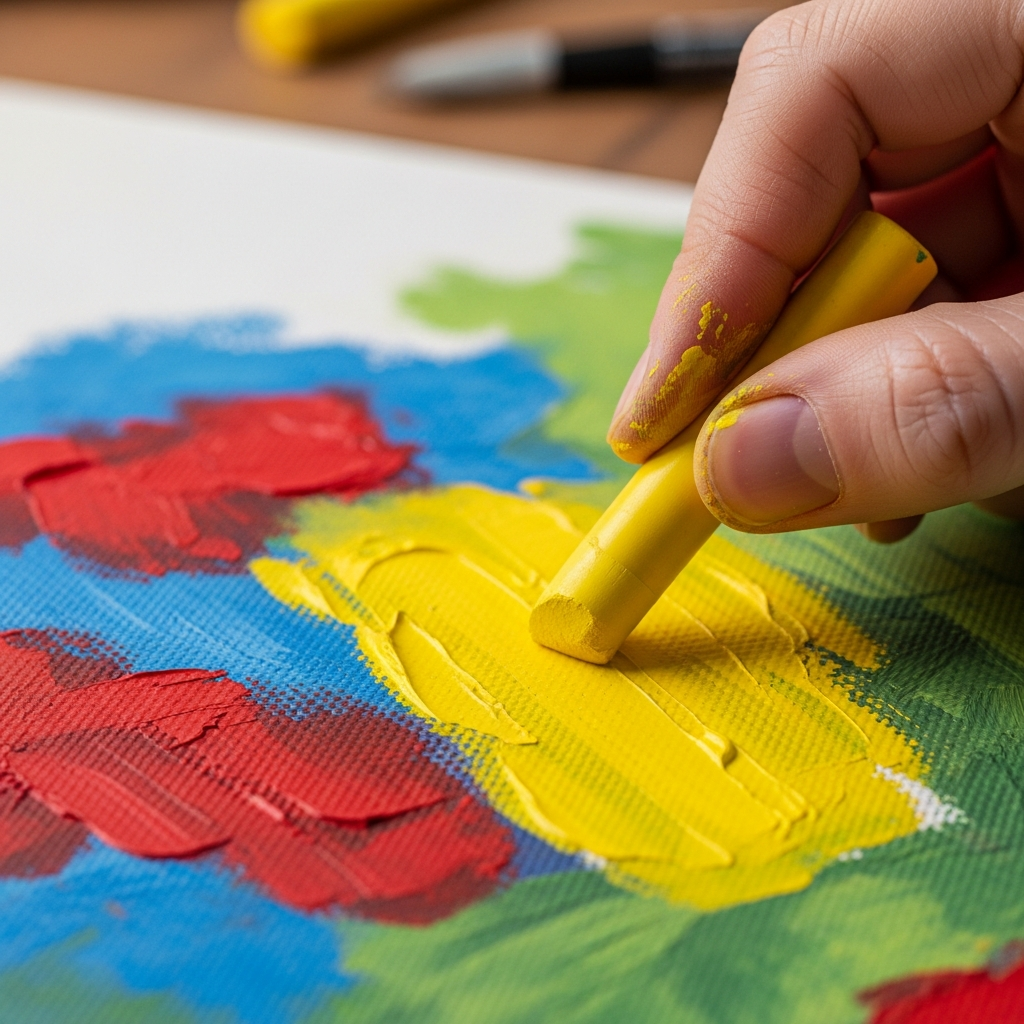
In the other corner of the ring, we have oil pastels. In the soft pastel vs oil pastel comparison, think of oil pastels as the creamy, intense cousin. They are made of pigment combined with a non-drying oil and a wax binder.
This mixture gives them a consistency closer to lipstick or a crayon, but much higher quality. They feel firm in your hand but glide onto the surface with a slick, buttery feel. Unlike soft pastels, they don’t turn into dust. Instead, they stick to the paper (and sometimes your fingers!).
Oil pastels are fantastic if you want to achieve effects similar to oil paint but without the hassle of mixing paints on a palette. In fact, many of the concepts used in 10 Must-Know Techniques for Beginner Oil Painters—like “impasto” (thick application)—can be adapted for oil pastels. You can build them up in thick layers to create actual texture on your canvas.
The Pros of Oil Pastels
- No Dust: Great for artists who have allergies or work in small spaces without ventilation.
- Painterly Effects: You can use solvents like mineral spirits to thin them out and create washes, just like paint.
- Durability: They are tougher than soft pastels and less likely to be knocked off the paper, though they stay soft (never fully dry).
Comparative Features: Soft Pastels vs Oil Pastels
To help you visualize the differences in the soft pastel vs oil pastel debate, here is a detailed breakdown of their features.
| FEATURE | SOFT PASTELS | OIL PASTELS |
| Binding Agent | Minimal gum binder (e.g., gum tragacanth) | Non-drying oil and wax |
| Texture | Soft, powdery, chalky, dusty | Waxy, creamy, buttery, firm |
| Finish | Matte, velvet-like | Glossy, satin, slightly textured |
| Drying Time | Instant (it’s dry media) | Never fully dries (stays tacky) |
| Fixing | Needs fixative spray to stop smudging | Usually doesn’t need fixative, but varnish helps |
| Surface | Tooth/textured paper is essential | Versatile: paper, wood, canvas, glass, metal |
| Clean-up | Dusty; wash hands, wipe surfaces | Oily; requires soap or solvent/baby wipes |
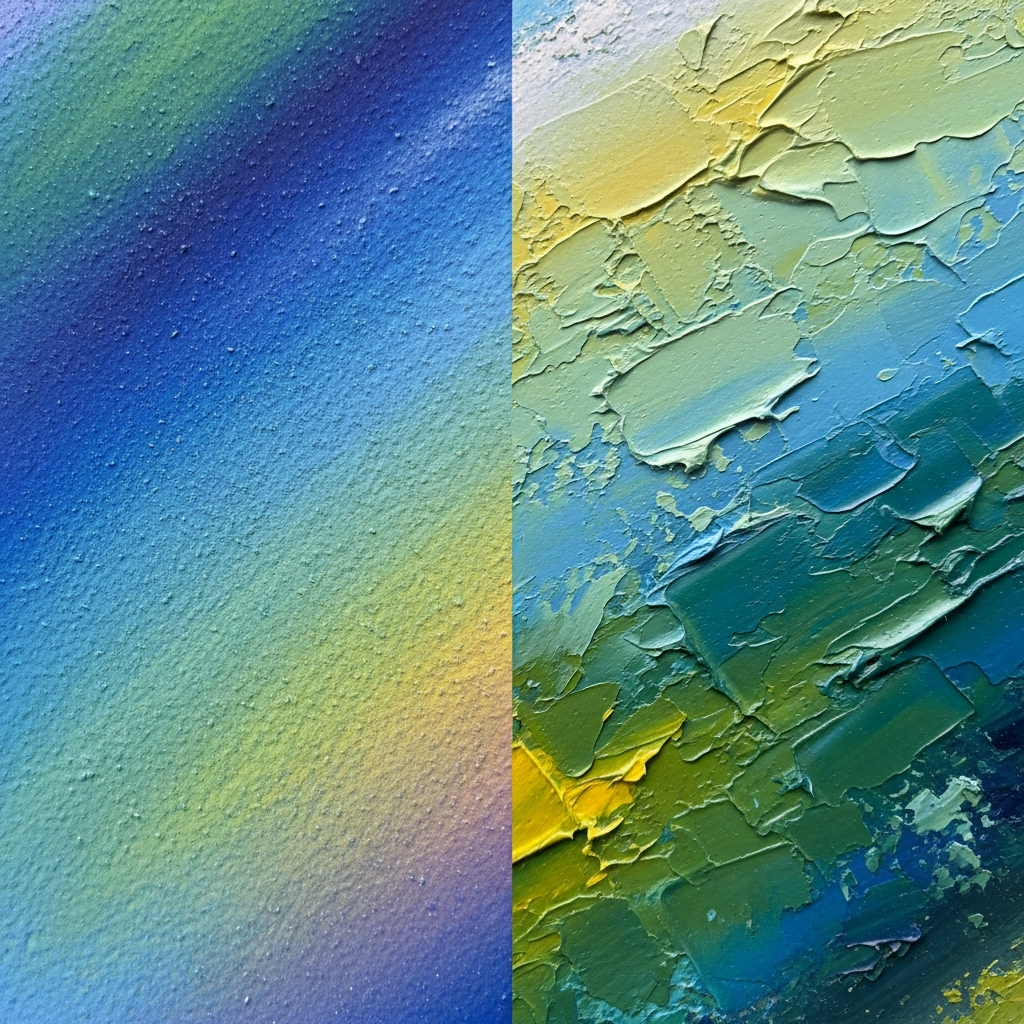
Choosing the Right Pastel for Your Project
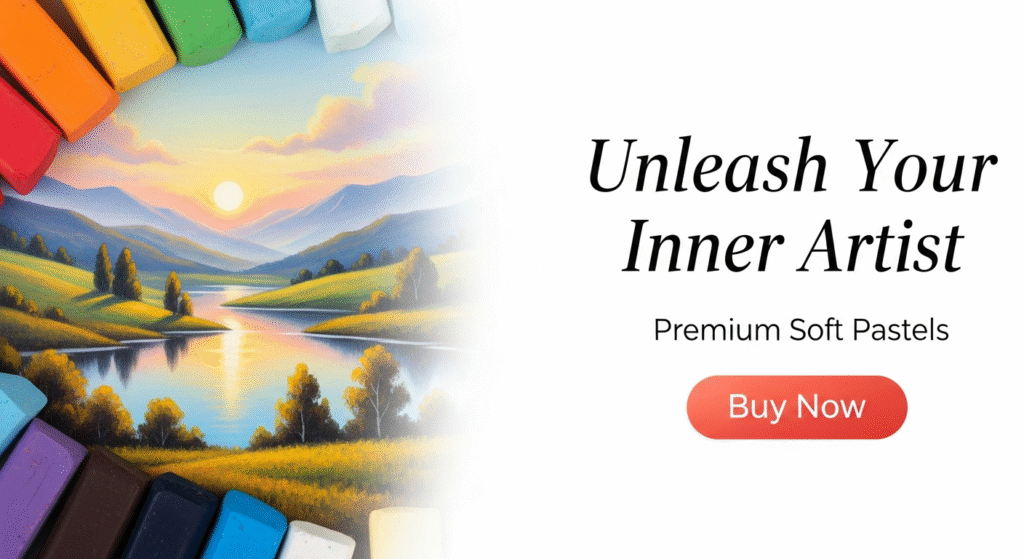
Deciding between these two mediums often comes down to your personal style and the specific project you have in mind.
When to Choose Soft Pastels
If you love the look of soft, dreamy landscapes or realistic portraits with smooth skin tones, soft pastels are your best bet. They excel at subtle gradients. The techniques for blending them are very tactile; it’s quite similar to Finger Painting Techniques for Adults, where you use the direct connection of your hand to mold the color.
“Soft pastels are like painting with dust – they capture light in a way no other medium can.”
They are also historically significant. The delicate, airy colors found in Rococo Art Paintings share the same aesthetic DNA as soft pastel work – light, playful, and incredibly decorative.
When to Choose Oil Pastels
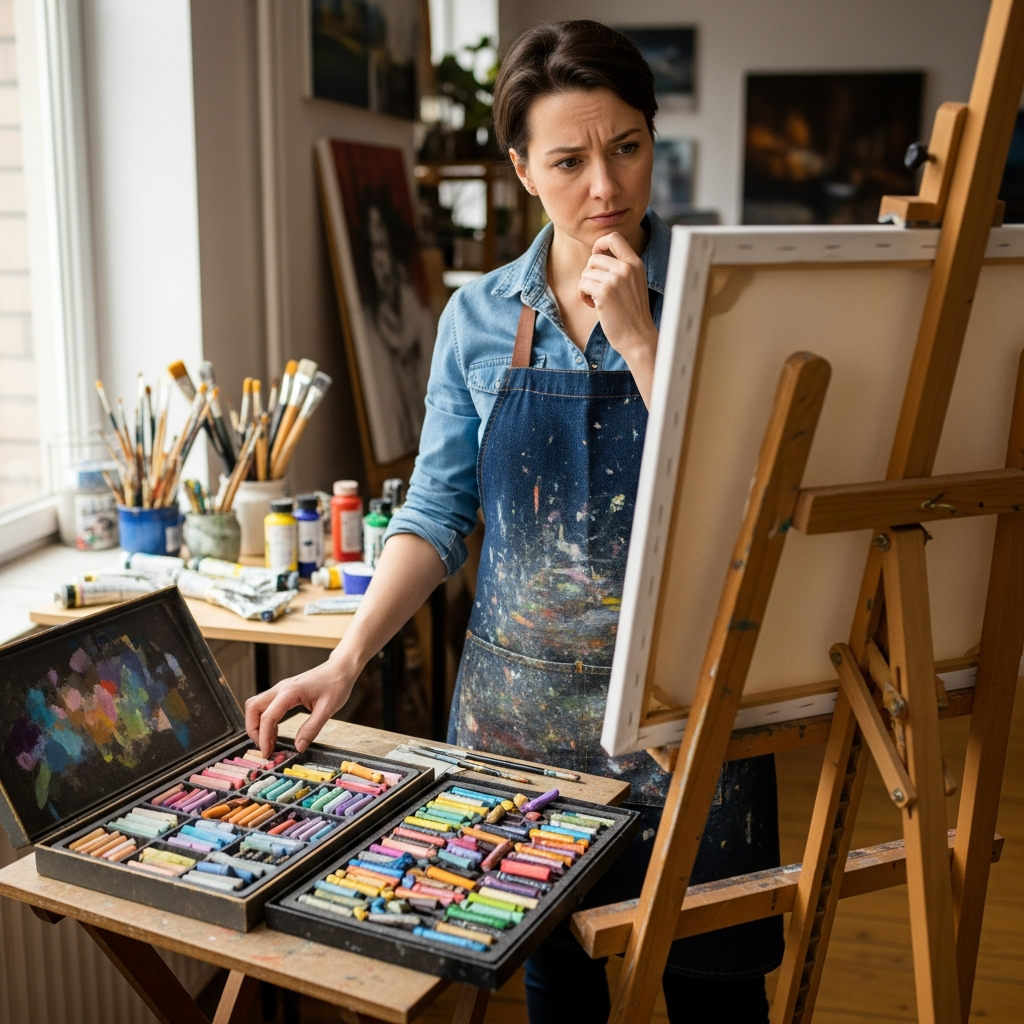
If you want bold, punchy colors and enjoy a more vigorous application, pick up oil pastels. They are perfect for expressive, modern art. If you are interested in Easy Expressive Art Techniques, oil pastels are a great tool because they encourage loose, confident marks. You can scrape into them (sgraffito) or layer them thickly.
Oil pastels are also excellent for mixed media. Because they stick to almost anything, you can use them over watercolor or acrylics to add definition.
Blending and Layering Techniques
Regardless of which side of the soft pastel vs oil pastel fence you sit on, mastering blending is crucial.
Soft Pastel Techniques
- Feathering: Using short, diagonal strokes to layer colors without fully mixing them.
- Scumbling: Lightly dragging a stick over a layer of color to create a broken, textured effect.
- Dusting: Creating a cloud of color for backgrounds.
To get the best results, you need the right tools. Check out a guide on Painting Supplies to find the best papers and blending stumps. The paper “tooth” (texture) is vital for holding the pastel dust.
Oil Pastel Techniques
- Heavy Pressure Blending: Forcing two colors together on the paper by pressing hard.
- Oil Blending: Dipping a brush in baby oil or turpentine to melt the pastel on the paper, turning it into paint.
- Sgraffito: Scratching away the top layer to reveal the color underneath.
These techniques are fantastic for creating atmospheric perspective. If you want to learn more about making your landscapes look 3D, read about how to Create Depth in Paintings.
Conclusion
In the dynamic world of art, both soft pastels and oil pastels stand as powerful mediums. While soft pastels captivate with their dusty vibrancy and matte finish, oil pastels allure with their creamy texture and painterly gleam.
If you are a complete novice, you might want to start with a broad Introduction to Painting to understand color theory before investing heavily. But don’t be afraid to try both! The debate of soft pastel vs oil pastel doesn’t have to be a choice of one or the other; many artists keep both in their studio for different moods.
Your choice ultimately hinges on the desired aesthetic—do you want the soft whisper of chalk or the bold shout of wax? Experimentation is key; embrace the journey and discover which pastel truly resonates with your creative spirit.
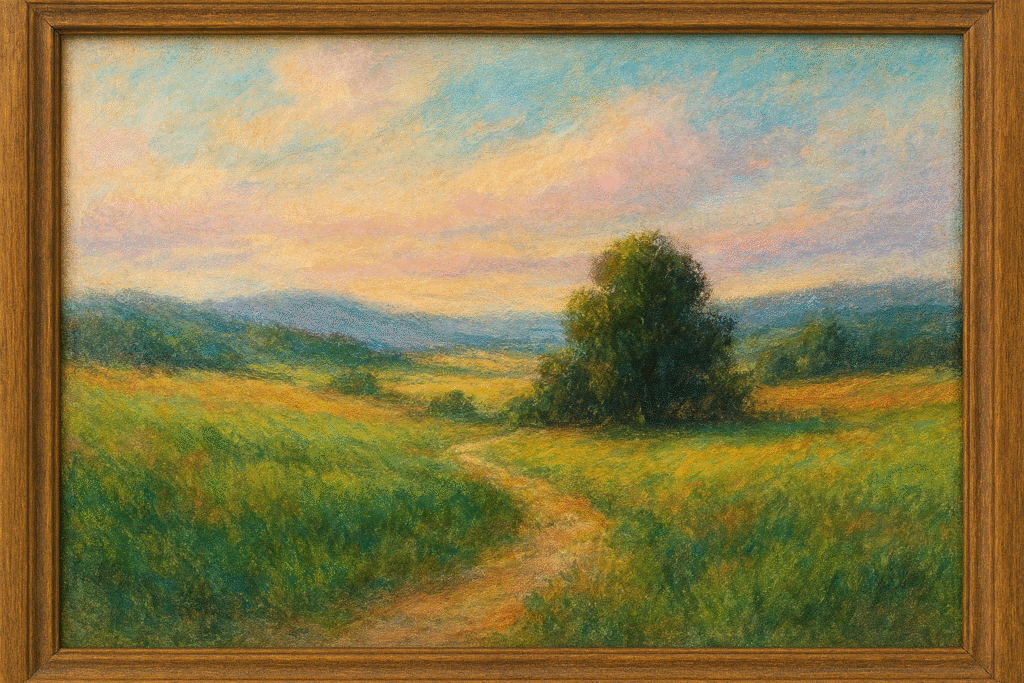
Frequently Asked Questions (People Also Search For)
Can you mix soft pastels and oil pastels? Generally, it is not recommended to mix them directly on the same layer. Oil pastels contain non-drying oils that can ruin the paper if not prepped, and soft pastels won’t stick well on top of the waxy oil pastel. However, you can use soft pastels for an underpainting and apply oil pastels on top for details.
Which is better for beginners, soft or oil pastels? Soft pastels are often considered easier for blending, which is satisfying for beginners. However, they are messier. Oil pastels are cleaner but require a bit more effort to blend. For a general start in art, checking out Painting Techniques for Beginners can give you a good foundation regardless of the medium.
Do I need special paper for pastels? Yes! For soft pastels, you need paper with “tooth” (texture) to grab the dust. Sanded papers are excellent. For oil pastels, you can use smoother paper, canvas, or even wood, as they adhere more aggressively. Using the right surface is key to capturing beautiful The Timeless Allure of Scenery Art.
How do I protect my pastel art? Soft pastels need a fixative spray and should be framed behind glass with a mat to keep the glass off the artwork. Oil pastels eventually “cure” or harden slightly but stay tacky; they are best framed with a thick mat or spacer as well.
Citations:
- Jerry’s Artarama: Oil Pastels & Oil Sticks – The Differences & Uses
- Blick Art Materials: Do You Paint or Draw with Pastels?
- The Virtual Instructor: Oil Pastels vs. Soft Pastels – A Comparison
- Prominent Painting: Painting Supplies Guide

